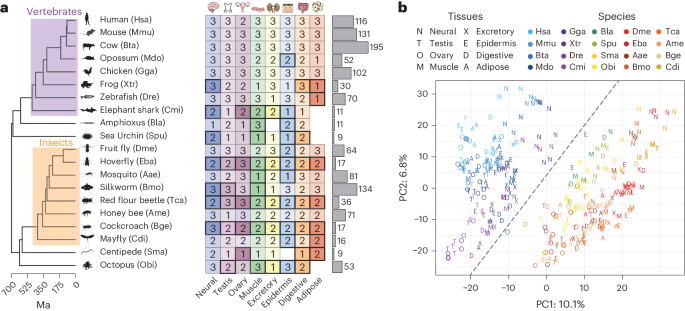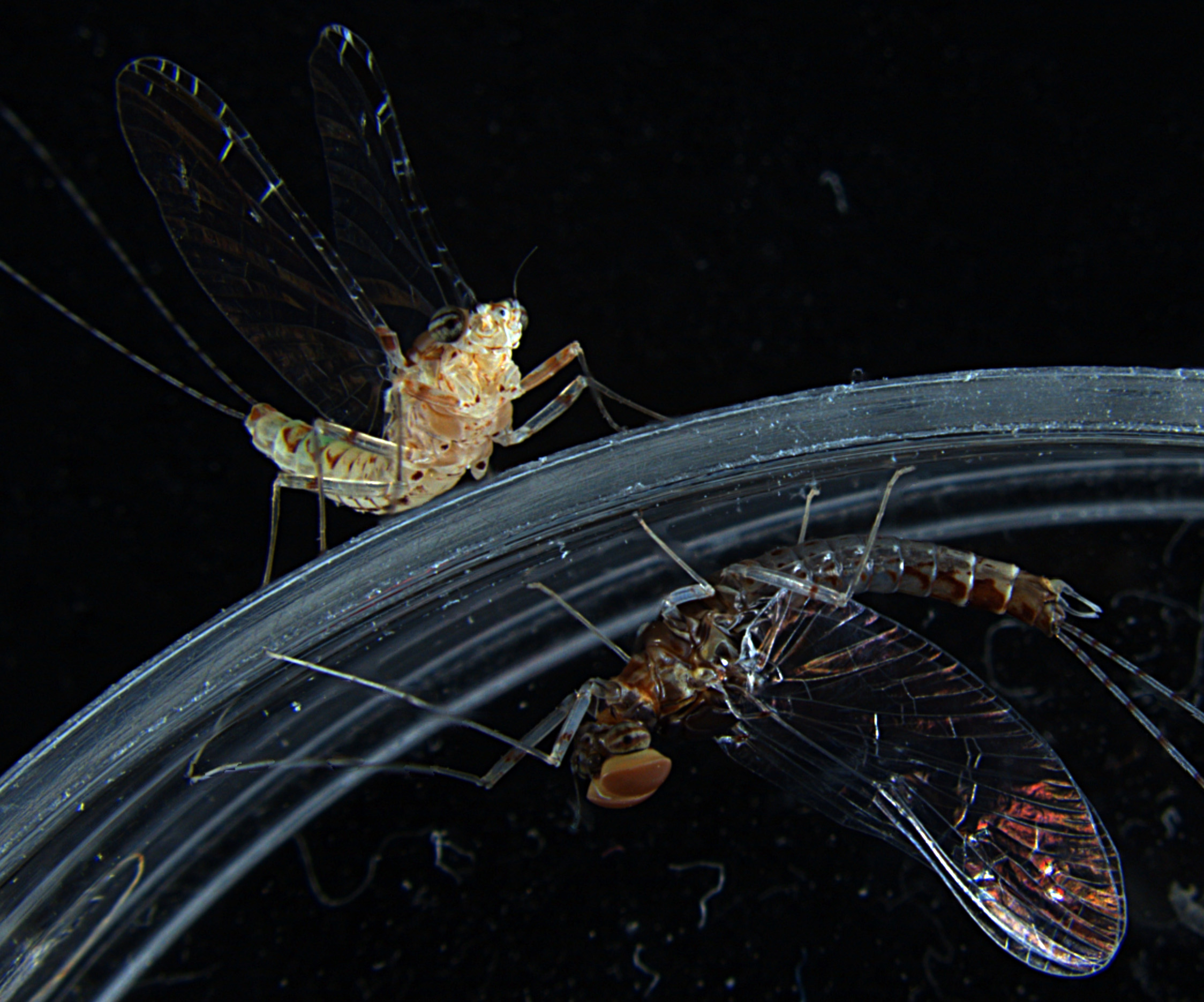A recent study published in the journal Nature Ecology and Evolution by researchers from the Center for Genomic Regulation (CRG) in Barcelona provides groundbreaking information on how gene duplication events hundreds of millions of years ago shaped the evolution of complex life forms, including vertebrates and invertebrates.
This research traces the evolutionary path back to a common ancestor, around 700 million years ago, which exhibited the basic body plan that most complex animals inherit today.
This last common ancestor of the bilateria - a supergroup that includes diverse species, from humans to insects - left a genetic legacy that is still observable in more than 7,000 gene clusters in 20 species studied.

Bilateria is one of the most important animal groups, whose representatives have bilateral symmetry: their bodies are divided vertically into two halves, right and left, which mirror each other.
These species range from humans and sharks to octopuses. The study highlights how these ancestral genes have been adapted and specialized, particularly in the brain and reproductive tissues, to meet the adaptation requirements of various organisms over millennia.
One of the main conclusions of the study is that around half of these ancestral genes were adapted for specific functions in certain parts of the body, deviating from their original generalist roles.
This adaptation was facilitated by fortuitous "copy-paste" errors during evolution, particularly through genome-wide duplication events. These duplications allowed organisms to keep one copy of a gene for essential functions while developing the second copy for new specialized roles.
Federica Mantica, a CRG researcher and author of the study, compares this process to having two copies of a recipe. One can maintain the original, while the other can be modified over time to create something quite different, but still related, such as the evolution of a paella recipe into a risotto one.
The specialization of these genes has led to significant evolutionary innovations. For example, the study cites the development of genes critical for the formation of myelin sheaths in vertebrates, improving the transmission of nerve signals, and the specialization of genes in octopuses that allow their skin to perceive light, aiding camouflage and communication.
Similarly, in insects, specific genes have evolved to support muscle function and the formation of the cuticle, crucial for flight, explains SciTech Daily.
In addition, the study explores how certain genes, such as the TESMIN and tomb genes, have evolved to play specialized roles in the testes in different species, such as vertebrates and insects. This specialization is so critical that any disturbance in these genes can lead to fertility problems.






